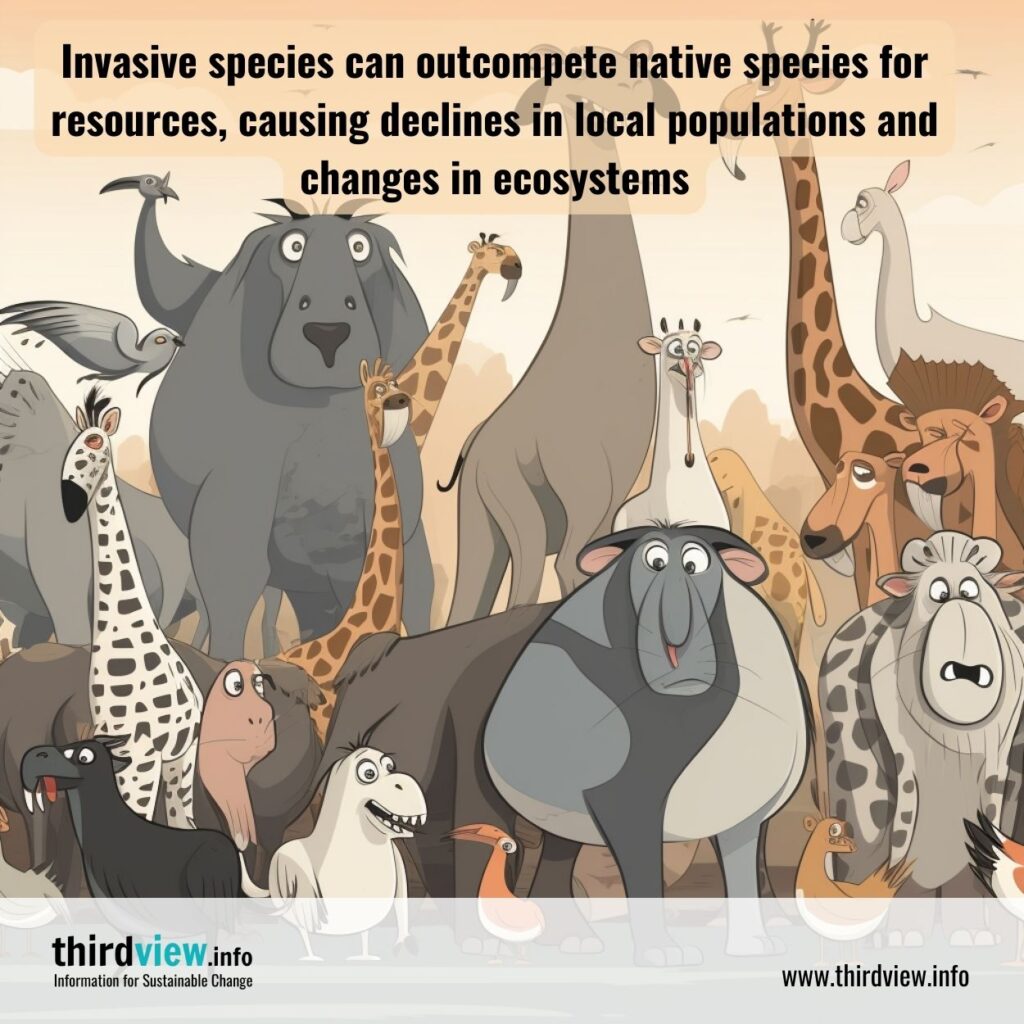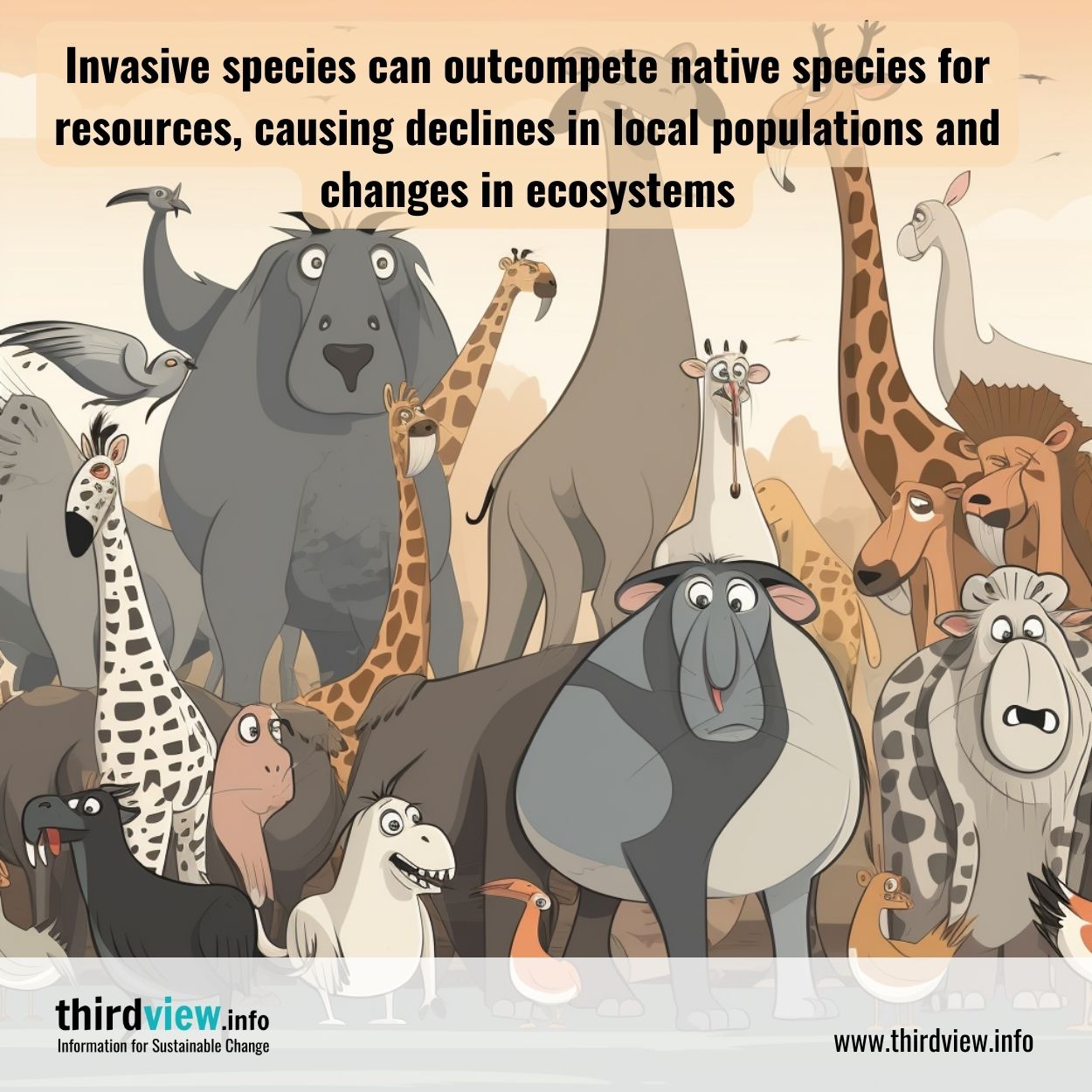Biodiversity loss is an urgent global issue, and invasive species are one of the primary drivers of this problem. Invasive species are non-native plants or animals that have been introduced into an ecosystem by humans. They can be spread through the importation of goods, intentional introduction for economic gain (such as aquaculture), or accidental release from captivity such as pets or zoos. In this blog post, we will discuss the effects of invasive species on biodiversity loss and what can be done to mitigate their impact.
How Invasive Species Impact Biodiversity Loss Invasive species have a wide-reaching impact on native ecosystems. When they are introduced into a new environment, they can outcompete native species for resources like food, water, and shelter. This competition can lead to declines in local populations of native species as well as changes in the composition of the local ecosystem. In some cases, invasive species may also bring with them diseases and parasites that can damage or kill native organisms. All these factors contribute to biodiversity loss in a given region or ecosystem.
Another way that invasive species cause biodiversity loss is through habitat destruction. For example, certain invasive plant species have the ability to quickly spread throughout a habitat, smothering and killing off native plants in the process. These plants can also disrupt natural nutrient cycles by removing large quantities of carbon from soils or blocking sunlight from reaching certain areas of land. All these impacts add up over time to create significant changes in local habitats that often result in reduced biodiversity.
What Can Be Done?
The best way to combat the negative effects of invasive species is prevention. To do this, it is important to be wary when introducing non-native organisms into an ecosystem—even if they seem harmless—as many times these introductions end up having unintended consequences down the line. Additionally, early detection and rapid response programs should be implemented so that if an invasion does occur it can be identified quickly and managed effectively before it has had too much time to spread throughout an area and cause major damage. Finally, efforts should also be made to restore or protect habitats that have already been impacted by invasions so that native populations can recover as much as possible over time.
Invasive species are playing a major role in global biodiversity loss due to their ability to quickly spread across ecosystems, outcompete native organisms for resources, disrupt nutrient cycles, and cause habitat destruction through their presence alone. Fortunately, there are steps that can be taken both before and after invasions occur in order to minimize their impacts on local environments and promote healthy ecosystems with high levels of biodiversity for generations to come.


